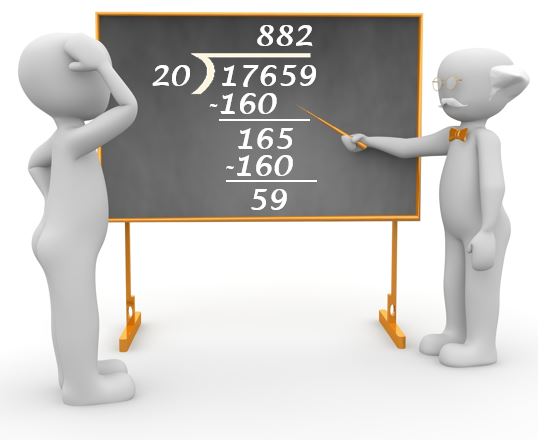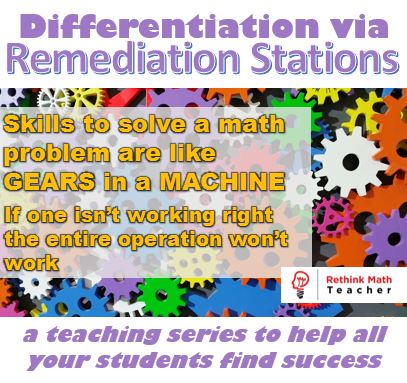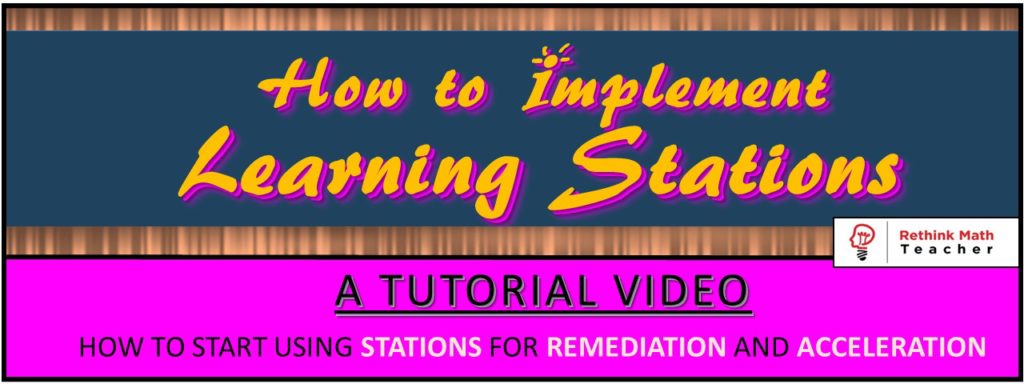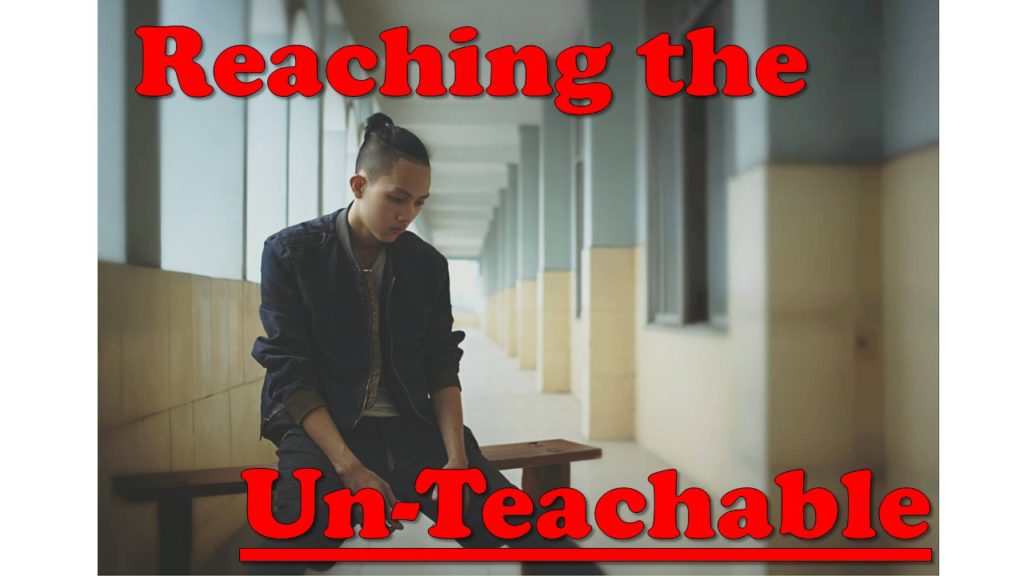
Solving a math problem involves correctly performing a series of operations.
Consider all the skills needed to add mixed numbers:
The teacher can teach adding mixed numbers until she’s blue in the face, if the student can’t do any of these prerequisite tasks, he’ll never get the right answer.
Likewise: a student can’t do long division if he doesn’t know his times tables, he can’t solve an equation if he can’t add and subtract integers, and he can’t graph a line if he doesn’t understand slope.
So what is the teacher to do when she is teaching a grade level skill (like the ones mentioned above) but multiple students are deficient in one or more of the prerequisite skills required to perform the task at hand.
More puzzling, how can she serve the class when a group of students are deficient in one skill, while several more can’t perform another task, and another handful struggle in a third? Not to mention those in the class who have mastered the skill and are ready to move on.
Differentiation via Remediation Stations
The answer is in differentiation via remediation stations. And over the next several posts I will show you how to build them, and even give as many free resources as I can along the way.
Feel free to subscribe to this blog to get email notifications when the next blog posts are released by completing the subscribe section in the right column. Or follow us on Facebook.
I look forward to rethinking math with all you math teachers.
Next – Step 1 – The Outline
Click on the image to learn more about the story that inspired the change that has impacted so many.






